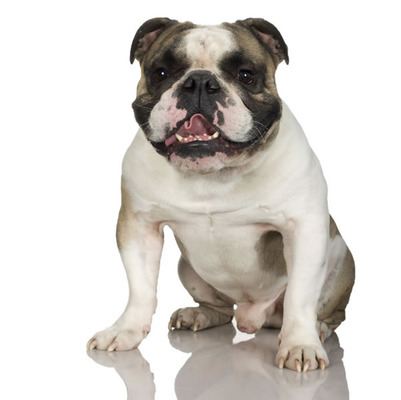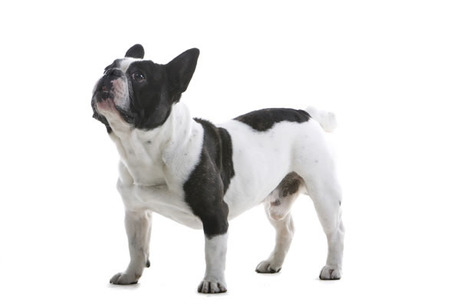New paper on canine brachycephaly and upper respiratory disease!
A new VetCompass paper published this week in Canine Genetics and Epidemiology (CGE) explores upper respiratory tract disease and brachycephalic associations in dogs:
 Epidemiological associations between brachycephaly and upper respiratory tract disorders in dogs attending veterinary practices in England. O'Neill D, Jackson C, Guy J, Church D, McGreevy P, Thomson P. & Brodbelt D. (July 2015; Canine Genetics and Epidemiology 2, 10)
Epidemiological associations between brachycephaly and upper respiratory tract disorders in dogs attending veterinary practices in England. O'Neill D, Jackson C, Guy J, Church D, McGreevy P, Thomson P. & Brodbelt D. (July 2015; Canine Genetics and Epidemiology 2, 10)
Based on head-shape, canine breeds can categorised as dolichocephalic (long slender skull), mesaticephalic (intermediate skull conformation) or brachycephalic (braincase longer than facial bones). Brachycephalic dog breeds are increasingly popular but canine brachycephaly has been associated with increased upper respiratory tract (URT) disorders.
This study aimed to use veterinary clinical data collected via the VetCompass Programme to compare URT disorders in three extreme brachycephalic dog breeds (Bulldog, French Bulldog and Pug) with three other commonly owned breeds (Yorkshire Terrier {moderate brachycephalic}, Border Terrier and West Highland White Terrier {non-brachycephalic}).
Extreme brachycephalic dogs were significantly younger at death than the moderate and non-brachycephalic group of dogs (8.6 years vs 12.7 years). The proportion of dogs with at least one URT disorder in the extreme brachycephalic group was higher than in the moderate and non-brachycephalic group (22.0 % vs 9.7 %), and also varied between the breeds: Bulldogs 19.5 %, French Bulldogs 20.0 %, Pugs 26.5 %, Yorkshire Terriers 13.0 %, Border Terriers 9.0 % and West Highland White Terriers 7.0 %. Extreme brachycephalic dogs overall were 3.5 times more likely to have at least one URT disorder compared with the moderate and non-brachycephalic group.
 Findings from this study help us to understand how common URT disorders are overall and especially in extreme brachycephalic breeds. The results suggest that owners and veterinarians should be more vigilant for URT disorders and also that breeders should select against extreme body conformations in predisposed breeds.
Findings from this study help us to understand how common URT disorders are overall and especially in extreme brachycephalic breeds. The results suggest that owners and veterinarians should be more vigilant for URT disorders and also that breeders should select against extreme body conformations in predisposed breeds.
CGE is an Open Access journal so the full length article text is available to all, free of charge and can be accessed online here (or from our Learn Zone Library page).


.jpeg?v=638497413119985506)